
Essays
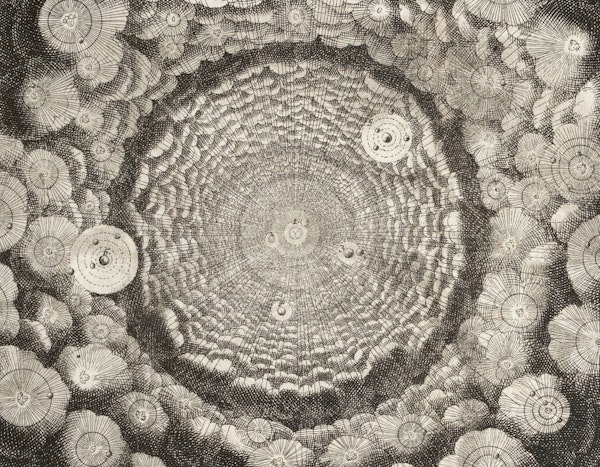
The Uncertain Heavens: Christiaan Huygens’ Ideas of Extraterrestrial Life
During the 17th century, as knowledge of the Universe and its contents increased, so did speculation about life on other planets. One such source, as Hugh Aldersey-Williams explores, was Dutch astronomer, mathematician, and inventor Christiaan Huygens, whose earlier work on probability paved the way for his very modern evaluation of what alien life might look like. more
%3B_two_fruiting_bodie_Wellcome_V0043330+copy.jpg?w=600&h=1200)
Fungi, Folklore, and Fairyland
From fairy-rings to Lewis Carroll’s Alice, mushrooms have long been entwined with the supernatural in art and literature. What might this say about past knowledge of hallucinogenic fungi? Mike Jay looks at early reports of mushroom-induced trips and how one species in particular became established as a stock motif of Victorian fairyland. more
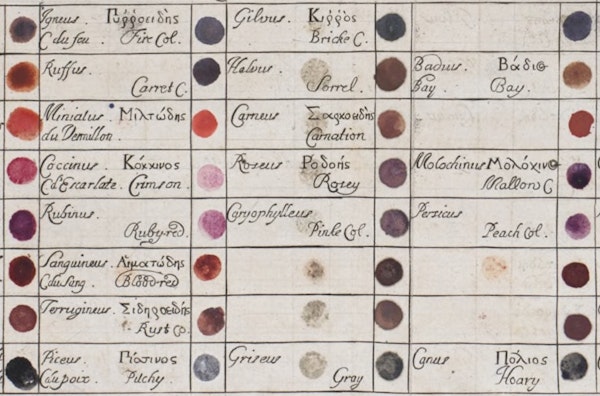
“More Lively Counterfaits”: Experimental Imaging at the Birth of Modern Science
From infographics to digital renders, today’s scientists have ready access to a wide array of techniques to help visually communicate their research. It wasn’t always so. Gregorio Astengo explores the innovations employed in early issues of the Royal Society’s Philosophical Transactions, the world’s first scientific journal — new forms of image making which pushed the boundaries of 17th-century book printing. more
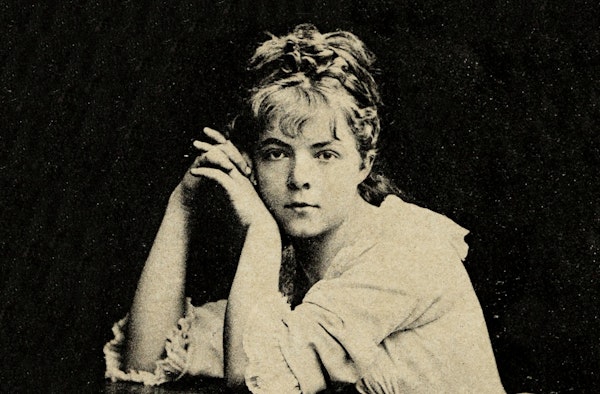
“I Am My Own Heroine”: How Marie Bashkirtseff Rewrote the Route to Fame
The diary of Marie Bashkirtseff, published after her death from tuberculosis aged just 25, won the aspiring painter the fame she so longed for but failed to achieve while alive. Sonia Wilson explores the importance of the journal — one of the earliest bids by a woman to secure celebrity through curation of “personal brand” — and the shape it gave to female ambition in the late 19th and early 20th centuries. more
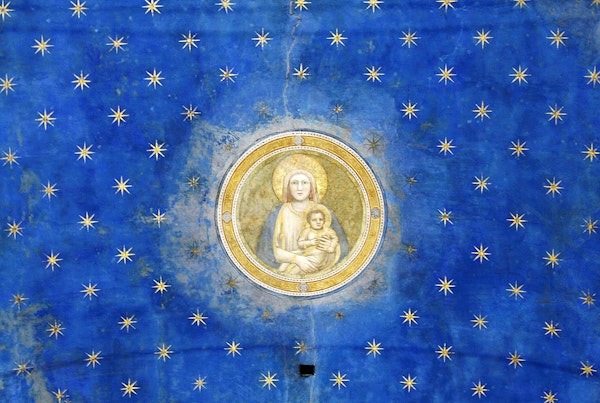
Primary Sources: A Natural History of the Artist’s Palette
For all its transcendental appeals, art has always been inextricably grounded in the material realities of its production, an entwinement most evident in the intriguing history of artists’ colours. Focusing in on painting’s primary trio of red, yellow, and blue, Philip Ball explores the science and stories behind the pigments, from the red ochre of Lascaux to Yves Klein’s blue. more
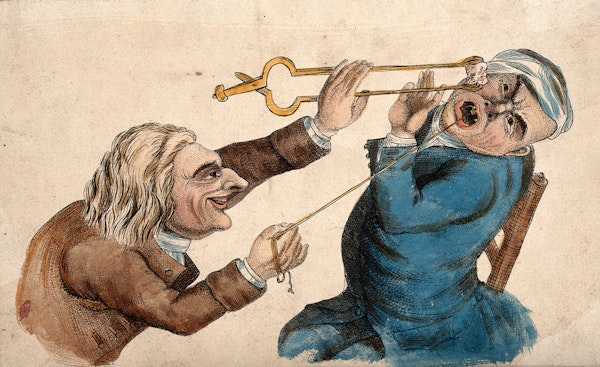
Sicko Doctors: Suffering and Sadism in 19th-Century America
American fiction of the 19th century often featured a ghoulish figure, the cruel doctor, whose unfeeling fascination with bodily suffering readers found both unnerving and entirely plausible. Looking at novels by Louisa May Alcott, James Fenimore Cooper, and Herman Melville, Chelsea Davis dissects this curious character. more
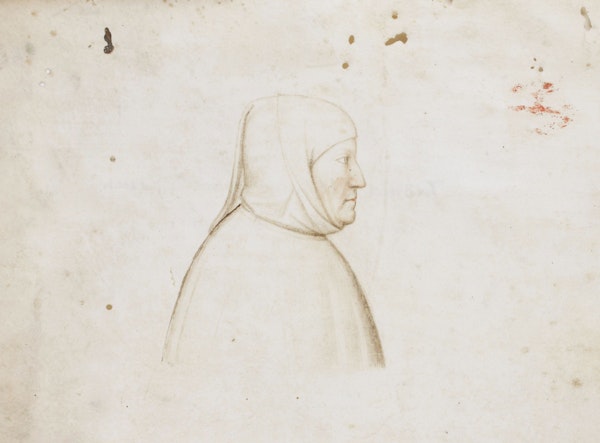
Petrarch’s Plague: Love, Death, and Friendship in a Time of Pandemic
The Italian poet and scholar Francesco Petrarch lived through the most deadly pandemic in recorded history, the Black Death of the 14th century, which saw up to 200 million die from plague across Eurasia and North Africa. Through the unique record of letters and other writings Petrarch left us, Paula Findlen explores how he chronicled, commemorated, and mourned his many loved ones who succumbed, and what he might be able to teach us today. more
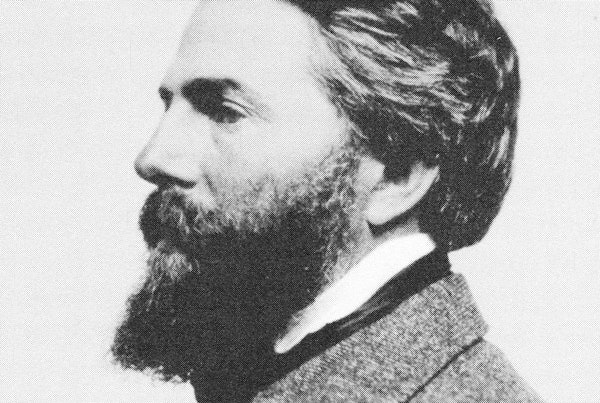
The Skeptical Pilgrim: Melville’s Clarel
Weighing in at a colossal 18,000 lines, Herman Melville’s Clarel (1876), which centres on the theological musings of a group of pilgrims touring the Holy Land, is not for the faint-hearted. Jeff Wheelwright explores the knot of spiritual dilemmas played out in the poem and its roots in Melville’s trip to the Middle East two decades earlier. more
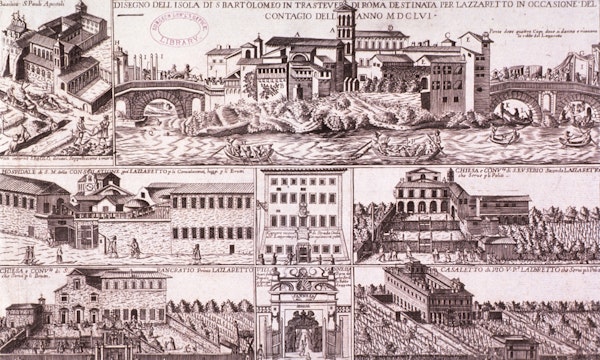
“Invisible Little Worms”: Athanasius Kircher’s Study of the Plague
Living through the devastating Italian plague of 1656, the great polymath Athanasius Kircher turned his ever-enquiring mind to the then mysterious disease, becoming possibly the first to view infected blood through a microscope. While his subsequent theories of spontaneous generation and “universal sperm” were easily debunked, Kircher’s investigation can be seen as an important early step to understanding contagion, and perhaps even the very first articulation of germ theory. John Glassie explores. more
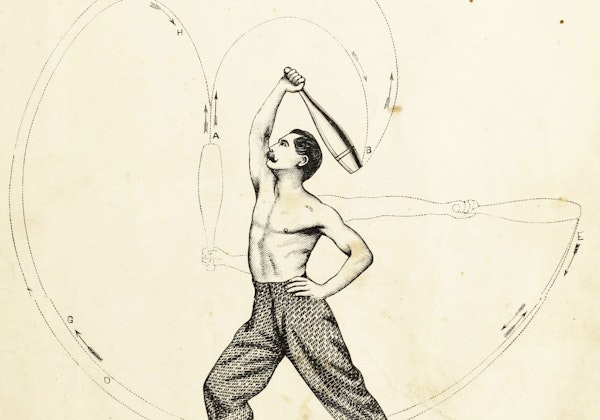
Eastern Sports and Western Bodies: The “Indian Club” in the United States
Although largely forgotten today, exercise by club swinging was all the rage in the 19th century. Daniel Elkind explores the rise of the phenomenon in the US, and how such efforts to keep trim and build muscle were inextricably entwined with the history of colonialism, immigration, and capitalist culture. more
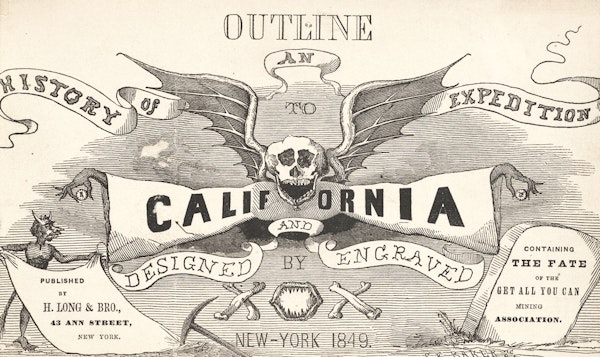
Comic Gold: The Easterner Goes West in Three Early American Comics
The California Gold Rush transformed the landscape and population of the United States. It also introduced a new figure into American life and the American imagination — the effete Eastern urbanite who travels to the Wild West in quest of his fortune. Alex Andriesse examines how this figure fares in three mid-nineteenth-century comic books. more
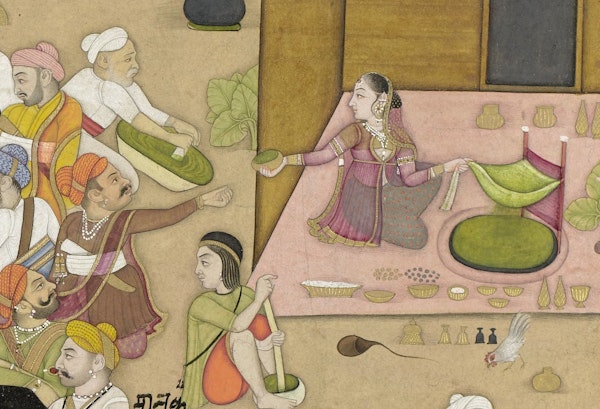
“Theire Soe Admirable Herbe”: How the English Found Cannabis
In the 17th century, English travelers, merchants, and physicians were first introduced to cannabis, particularly in the form of bhang, an intoxicating edible which had been getting Indians high for millennia. Benjamin Breen charts the course of the drug from the streets of Machilipatnam to the scientific circles of London. more
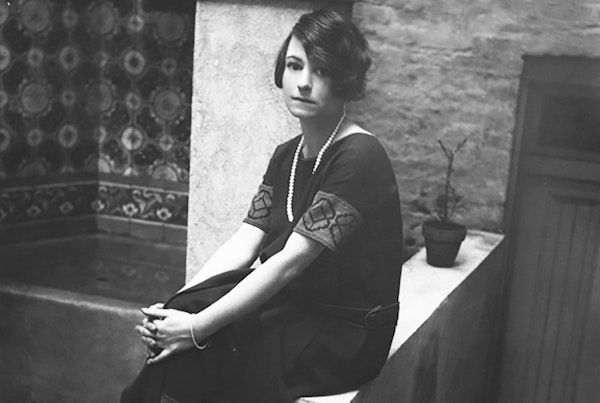
When Dorothy Parker Got Fired from Vanity Fair
Dorothy Parker’s reputation as one of the premier wits of the 20th century rests firmly on the brilliance of her writing, but the image of her as a plucky, fast-talking, independent woman of her times owes more than a little to her seat at the legendary Algonquin Round Table. Jonathan Goldman explores the beginnings of the famed New York group and how Parker’s determination to speak her mind — even when it angered men in positions of power — gave her pride of place within it. more
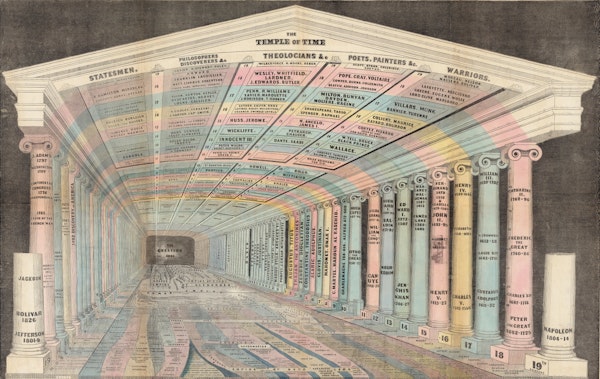
In the 21st-century, infographics are everywhere. In the classroom, in the newspaper, in government reports, these concise visual representations of complicated information have changed the way we imagine our world. Susan Schulten explores the pioneering work of Emma Willard (1787–1870), a leading feminist educator whose innovative maps of time laid the groundwork for the charts and graphics of today. more

Images have long provided a means of protesting political regimes bent on censoring language. In the 1830s a band of French caricaturists, led by Charles Philipon, weaponized the innocent image of a pear to criticize the corrupt and repressive policies of King Louis-Philippe. Patricia Mainardi investigates the history of this early 19th-century meme. more
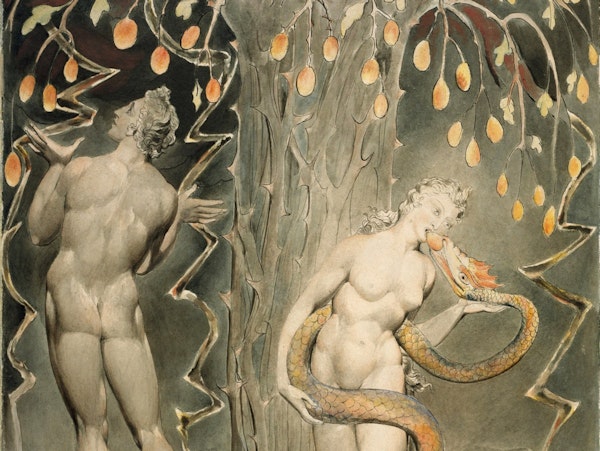
The Sound and the Story: Exploring the World of Paradise Lost
John Milton’s Paradise Lost has been many things to many people — a Christian epic, a comment on the English Civil War, the epitome of poetic ambiguity — but it is first of all a pleasure to read. Drawing on sources as varied as Wordsworth, Hitchcock, and Conan Doyle, author Philip Pullman considers the sonic beauty and expert storytelling of Milton’s masterpiece and the influence it has had on his own work. more
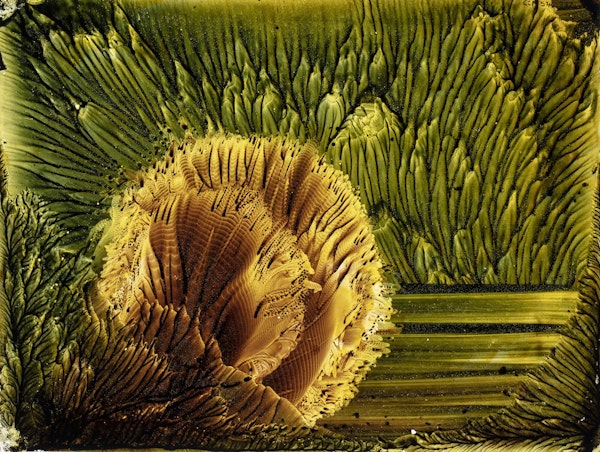
Picturing a Voice: Margaret Watts Hughes and the Eidophone
Of the various forms the nascent art of sound recording took in the late nineteenth century perhaps none was so aesthetically alluring as that invented by Margaret Watts Hughes. Rob Mullender-Ross explores the significance of the Welsh singer’s ingenious set of images, which until recently were thought to be lost. more
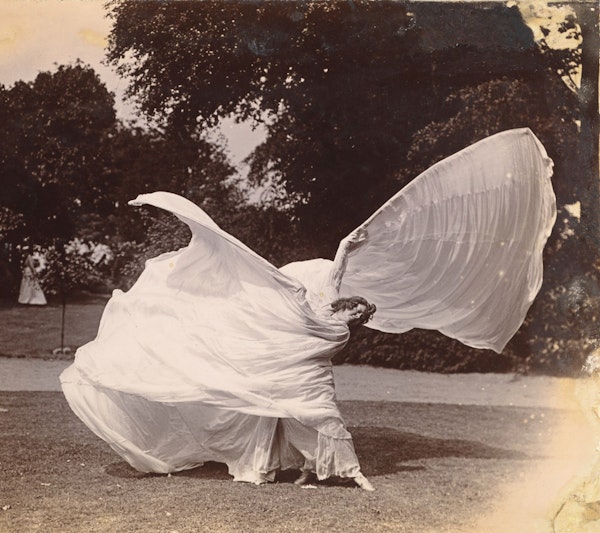
Loie Fuller and the Serpentine
With her “serpentine dance” — a show of swirling silk and rainbow lights — Loie Fuller became one of the most celebrated dancers of the fin de siècle. Rhonda K. Garelick explores Fuller’s unlikely stardom and how her beguiling art embodied the era’s newly blurred boundaries between human and machine. more
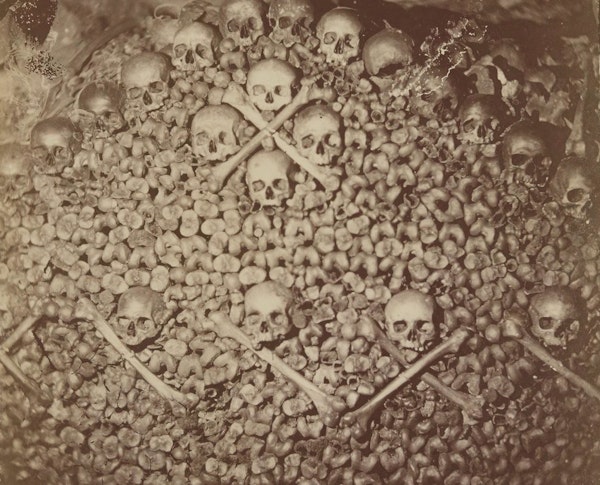
Photographing the Dark: Nadar’s Descent into the Paris Catacombs
Today the Paris Catacombs are illuminated by electric lights and friendly guides. But when Félix Nadar descended into this “empire of death” in the 1860s artificial lighting was still in its infancy: the pioneering photographer had to face the quandary of how to take photographs in the subterranean dark. Allison C. Meier explores Nadar’s determined efforts (which involved Bunsen batteries, mannequins, and a good deal of patience) to document the beauty and terror of this realm of the dead. more
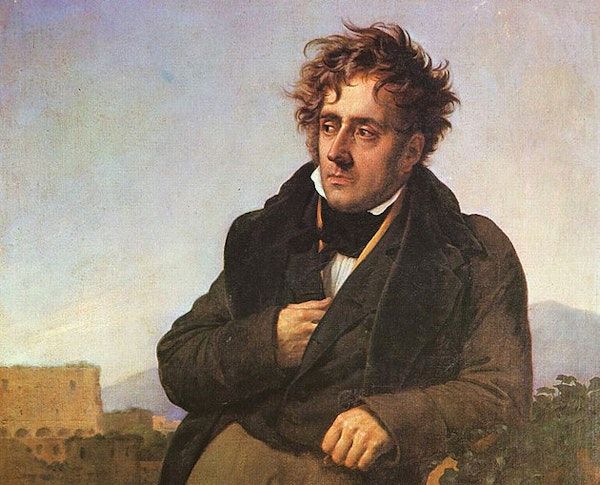
Our Masterpiece Is the Private Life: In Pursuit of the “Real” Chateaubriand
While nowadays he might be best known for the cut of meat that bears his name, François-René de Chateaubriand was once one of the most famous men in France — a giant of the literary scene and idolised by such future greats as Alphonse de Lamartine and Victor Hugo. Alex Andriesse explores Chateaubriand’s celebrity and the glimpse behind the public mask we are given in his epic autobiography Memoirs From Beyond the Grave. more

Greenland Unicorns and the Magical Alicorn
When the existence of unicorns, and the curative powers of the horns ascribed to them, began to be questioned, one Danish physician pushed back through curious means — by reframing the unicorn as an aquatic creature of the northern seas. Natalie Lawrence on a fascinating convergence of established folklore, nascent science, and pharmaceutical economy. more
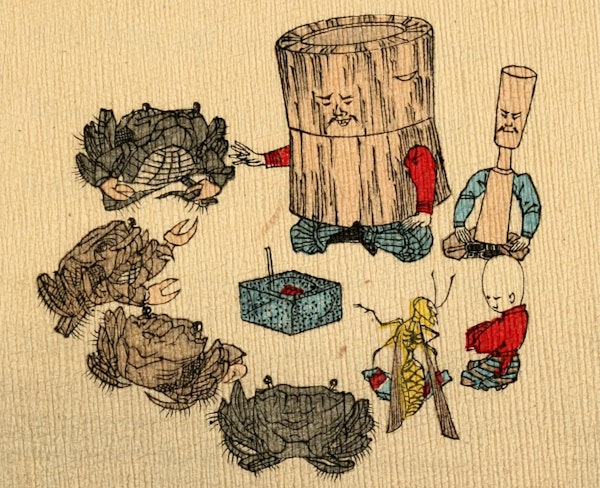
Woodblocks in Wonderland: The Japanese Fairy Tale Series
From gift-bestowing sparrows and peach-born heroes to goblin spiders and dancing phantom cats — in a series of beautifully illustrated books, the majority printed on an unusual cloth-like crepe paper, the publisher Takejiro Hasegawa introduced Japanese folk tales to the West. Christopher DeCou on how a pioneering cross-cultural endeavour gave rise to a magnificent chapter in the history of children’s publishing. more
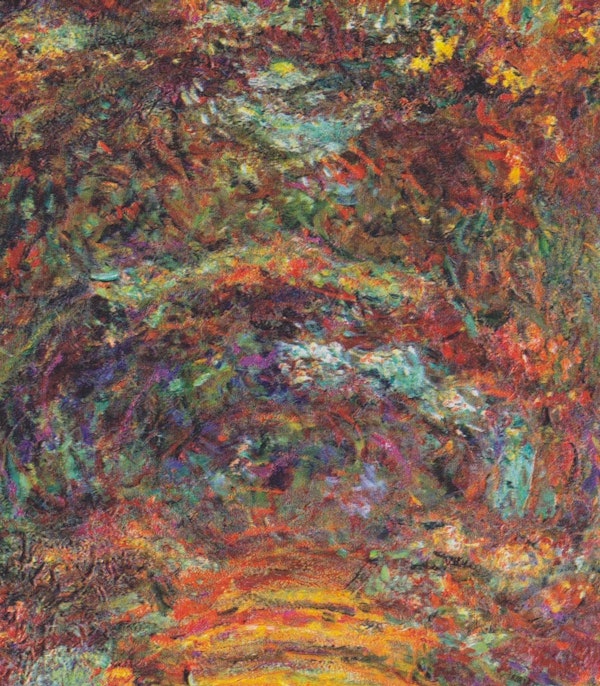
Brilliant Visions: Peyote among the Aesthetes
Used by the indigenous peoples of the Americas for millennia, it was only in the last decade of the 19th century that the powerful effects of mescaline began to be systematically explored by curious non-indigenous Americans and Europeans. Mike Jay looks at one such pioneer Havelock Ellis who, along with his small circle of fellow artists and writers, documented in wonderful detail his psychedelic experiences. more
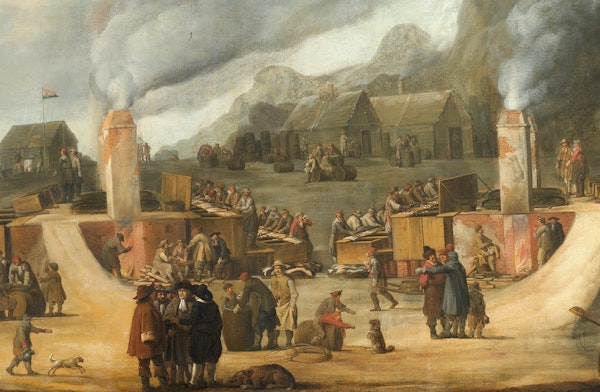
The Myth of Blubber Town, an Arctic Metropolis
Though the 17th-century whaling station of Smeerenburg was in reality, at its height, just a few dwellings and structures for processing blubber, over the decades and centuries a more extravagant picture took hold — that there once had stood, defying its far-flung Arctic location, a bustling urban centre complete with bakeries, churches, gambling dens, and brothels. Matthew H. Birkhold explores the legend. more

